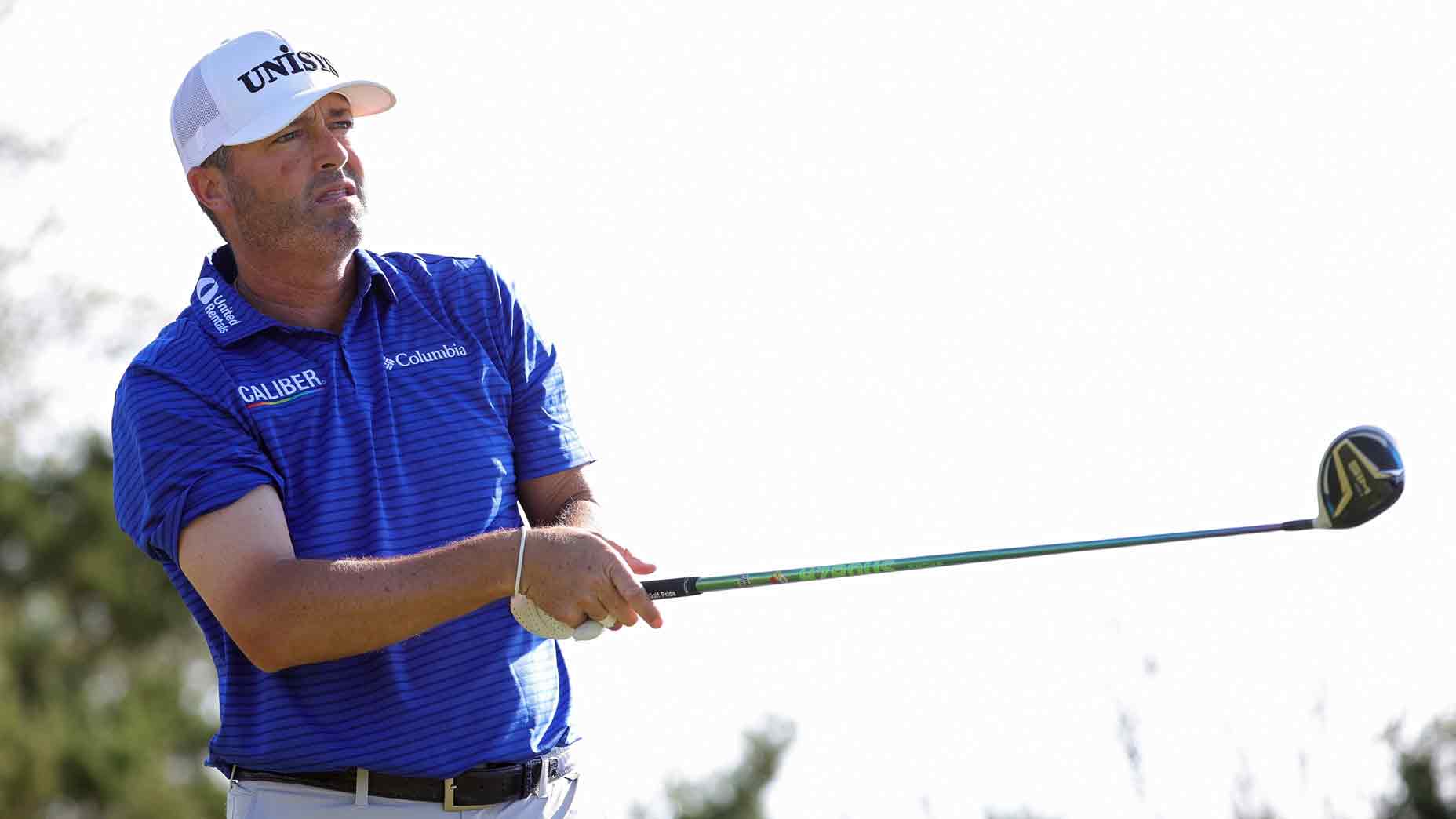
Andrew represents the only West Coast event on the series schedule. In fact, the Pacific Coast Golf Association and its flagship amateur championship in the 1960s were created as a way to address a summer schedule – key in selecting the Walker Cup team – skewed to the East Coast.
“That kind of plays right into the Elite Amateur Series,” Andrew said. “It’s very important, I would love for us in the future to add one more West Coast event because it’s really tough. It’s important to have at least one, but maybe two in the future on the West Coast to keep some of the players that just can’t afford to travel.”
For its debut season, however, the series is firmly set at seven events. That’s likely to be the magic number for at least a few years. For one thing, there isn’t much wiggle room left for adding tournaments given the summer season spans only 10 weeks from the end of the NCAA Championship to the start of the U.S. Amateur. Already, some of the seven events will be played in back-to-back weeks. The North & South Amateur will start the day after the Northeast Amateur ends.
Any additional tournament would also have to meet an elite standard.
“We are trying to make sure that if we’re going to call ourselves elite and use that term, we better make sure our events are that,” Priest said. “That’s an elite field, at elite venues, running operationally an elite event. It’s a great player experience that they leave going, ‘Wow, that was a great tournament,’ no matter how they finish.”
But Priest also looks at things from the perspective of executive director of the Alabama State Golf Association, a hat he also wears. With limited spots in the top tournaments, Priest hopes players who aren’t accepted into series events remember that the summer schedule is loaded with other opportunities.
That’s where the “lift all boats” element comes in, and one way to do that is to drive players to opposite-field events, like smaller national tournaments or state amateurs and juniors. That’s why a master list of summer amateur events exists on the EAGS site.
“Our objective isn’t just to help our own events, it’s to help everybody in amateur golf,” said Ben Tuthill, chairman of the Northeast Amateur for the past nine years.
Tuthill’s event is a prime example of another guiding principle: that opening the lines of communication allows for the enhancement of the whole series.
“The Northeast has been a standalone since I took over but I’ve always been open to the idea of somehow getting our champion more than what they were getting,” Tuthill said.
Cole Hammer won the Western Amateur in 2018.
Each event and its director and staff brought something to the table in that respect, but Steve Prioletti, director of amateur competitions for the Western Golf Association, and his association ties were key in helping pave the way to securing tour exemptions.
“Western Golf, from our standpoint, we were able to use some of our relationships that we have with PGA Tour tournament directors, (Korn Ferry Tour) directors to bring this opportunity to them and explore exemption opportunities for the series,” Prioletti said, “so that’s something that we were able to contribute to the group and we’ve had some pretty good success.”
Those, in turn, help elevate the quality of the fields, but conversations around site selection, tee gifts, volunteer involvement, recruiting players and approaching potential host facilities also elevates the championships themselves.
“The priority, the goal for this series, this group of tournaments, individuals from the beginning was to share ideas – how we conduct our championships, how we can work together to make these events the best events on the amateur circuit,” he said.








